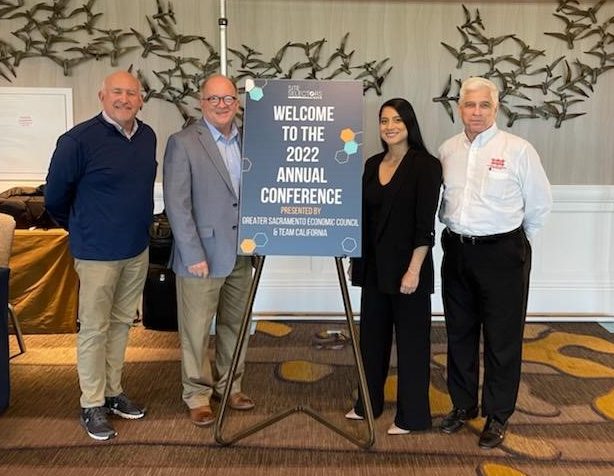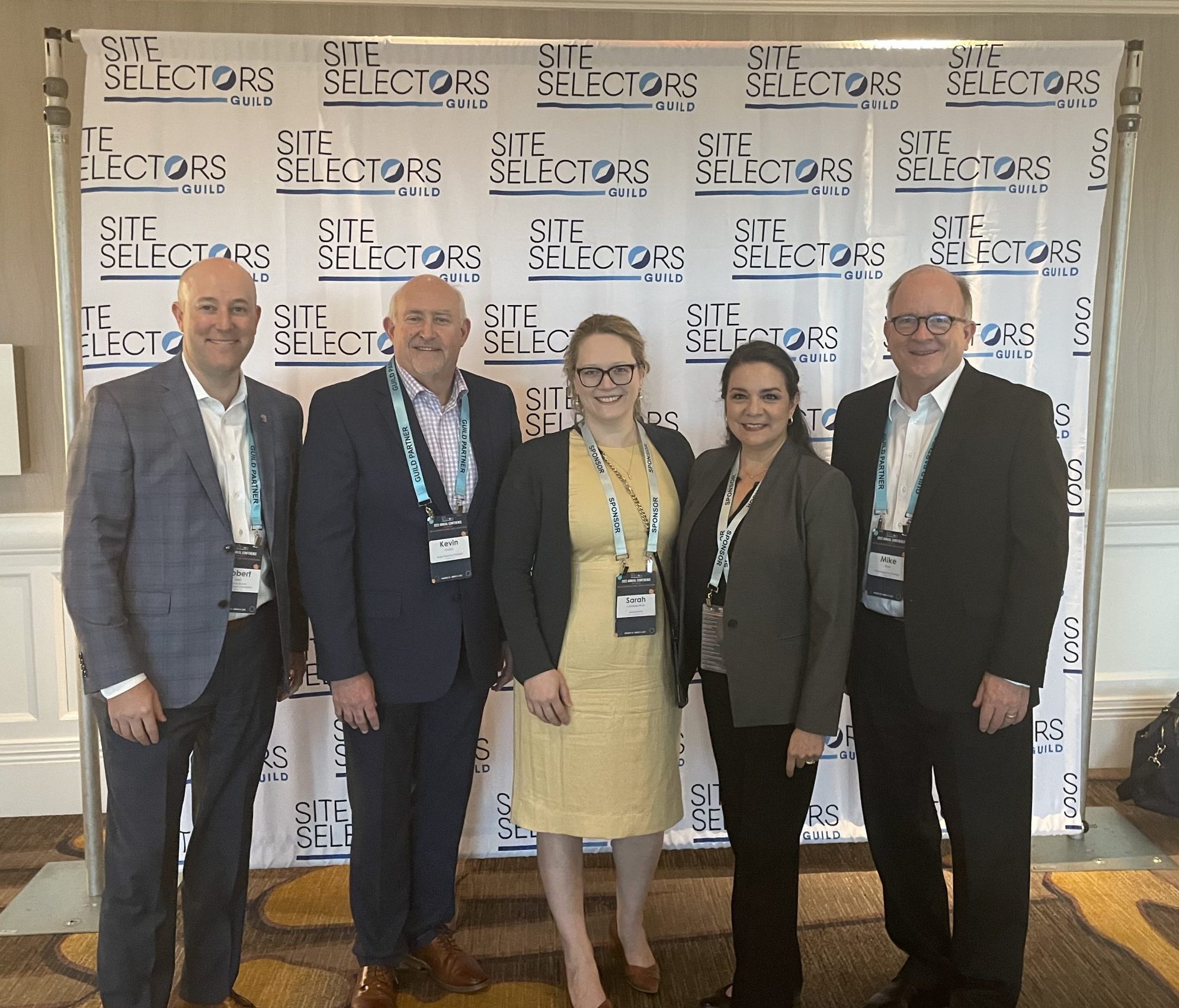Mike Rosa, Senior Vice President of Economic Development
The Dallas Regional Chamber (DRC) intersects corporate location opportunities in different ways.
One way is through our trusted relationships with a group of professionals known as site location consultants. These consultants advise U.S. and global companies where to locate and expand.

The DRC first touched the recruitment of Toyota, Hilti, Kubota, Charles Schwab, Uber, and many others through site location consultants.
Many of the premier site location consultants joined to form a professional association, the Site Selectors Guild, to advance their profession and build mutually beneficial relationships with economic development organizations like the DRC. When they meet as a group, we’re there to market our region, generate new projects, and update active ones.
We hosted Guild meetings twice recently, in fall 2019 and again in fall 2021.
Our team also just attended the Guild’s 2022 spring forum in San Diego. From panel presentations and conversations with site consultants, here is my top takeaway:
Mega-projects, like semiconductor, electric vehicle, and battery manufacturing facilities, will continue to be tremendous recruitment opportunities for states and regions that have large shovel-ready sites and a favorable tax climate.
The Guild defines a mega-project as a corporate location that creates 1,000 or more jobs and costs more than a billion dollars. Usually, these projects look for 1,000 acres or more.
In 2016, there were just five of these projects announced worldwide. In 2021, there were 19, including Texas Instruments’ big plans in our region, and Rivian’s decision to locate in Georgia after intently considering Fort Worth.
For the 19 projects announced in 2021, the average capital spend is $5.5 billion, and the average job count is over 4,000. That’s a dramatic escalation the consultants expect to continue. Since 2018, 44 mega-projects have been announced and half of them (22) are U.S. projects. The shift to more U.S. locations is worth noting, since less than a third of mega-projects were in the U.S. before 2018.
If we want these projects to continue looking at Dallas-Fort Worth and Texas, we face two challenges. First, other states like Ohio and Georgia have ramped up their business climate initiatives to recruit these deals. Texas is winding down. Texas is allowing its best mega-project recruitment tool, the Texas Economic Development Act, to expire at the end of this year.

The Texas Economic Development Act, also known as Chapter 313, was enacted in 2001. This tax-reduction tool gives school districts the option to limit a large manufacturer’s school taxes to a level consistent with other major taxpayers. Without this flexibility in 2023 and beyond, in competition for these multibillion-dollar investments, Texas will switch from advantaged to substantially disadvantaged compared to other states with different tax structures.
We will offset our strengths in location, talent, infrastructure, and momentum. We risk watching these companies locate, pay lots of taxes, create jobs, and grow the future economies of other states and regions instead of ours.
Second, we have a shrinking supply of large sites because of our region’s success and growth. Our large and prime sites are often destined for residential or other development plans. In some states, large sites have been prepped and ready for years, available at a moment’s notice at reduced or no cost.
The DRC will be partnering with regional cities, brokers, and developers to inventory our best mega-sites.
We will also get involved to support the reimagining of a school tax solution for these mega-projects so we remain on their radar and have our best chance to keep the top spot in the nation for corporate location and job growth.